10 Scenic Train Journeys in France Worth Planning Around
Some train rides across France aren’t about where you’re going but what you see along the way. These routes take you through mountain passes, past rivers and castles, through regions many travelers never reach. They’re slow, often rural, and usually unforgettable.
1. Paris Metro Line 6
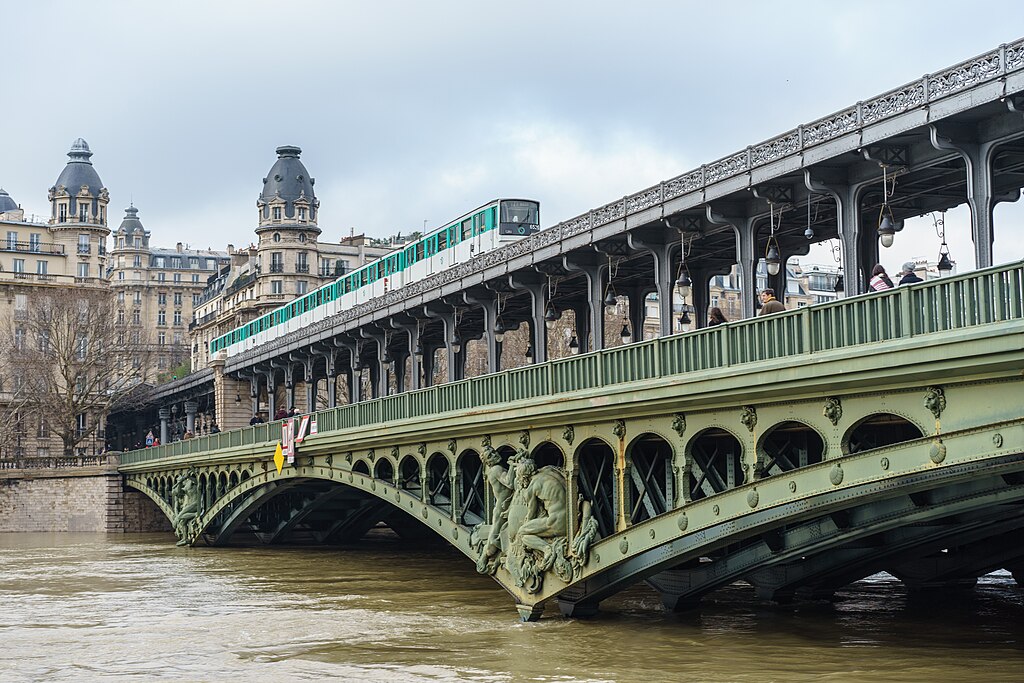
This elevated metro line connects Charles de Gaulle–Étoile in the west with Nation in the east, crossing the Seine twice. You get panoramic views of the Eiffel Tower and the Paris skyline, running above ground for much of the route, with a unique perspective of Haussmannian buildings and elegant streets.
2. Strasbourg to Mulhouse (via Colmar – 1h30 total)
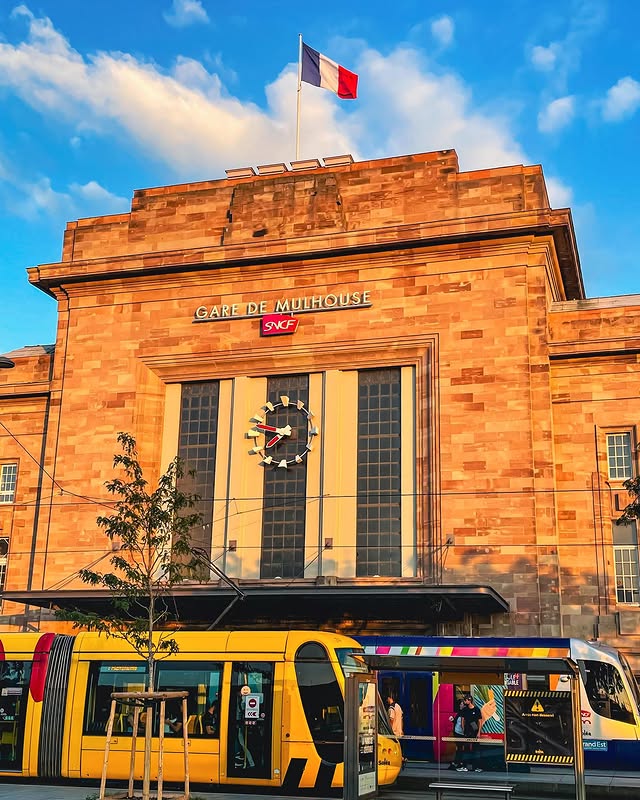
This short regional route is one of the easiest ways to explore Alsace without a car. Trains run all day between Strasbourg, Colmar, and Mulhouse, with stops in villages like Sélestat and Rouffach.
The scenery includes vineyards, canal towns, and church steeples dotting the hills. In December, each town has its own Christmas market, and the ride turns into a festive shuttle.
It’s not remote but it’s a great option for travelers looking to cover multiple Alsace towns in one trip.
3. Train des Merveilles (Nice to Tende – 2h30)
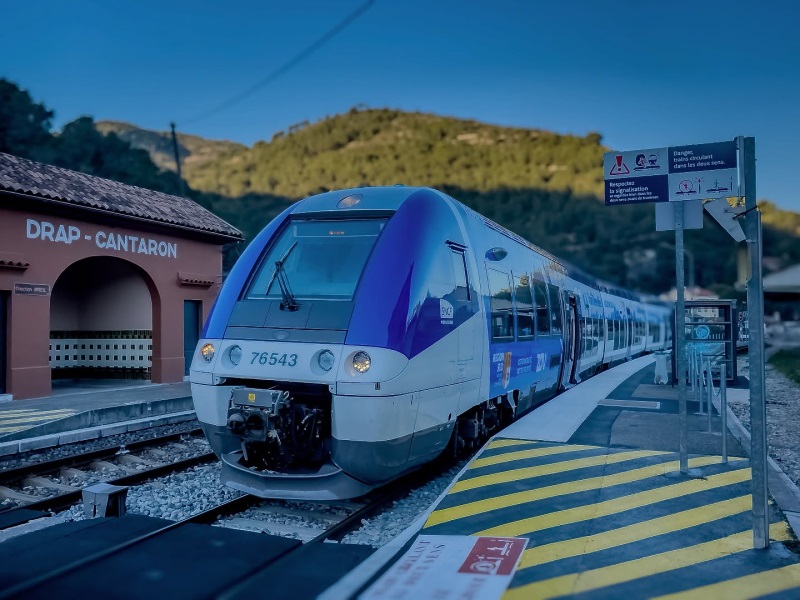
Departing from Nice Ville station, this ride heads into the Alps along the beautiful Roya Valley.
You pass through dozens of tunnels, most hand-carved in the 19th century, and cross tall stone bridges over rivers and cliffs.
Villages like Sospel and Breil-sur-Roya make good stops. The full ride to Tende takes about two and a half hours.
It’s one of the steepest climbs on the French network, and the engineering alone is worth the ticket. Trains run year-round though schedules can shift after heavy rain or storms.
4. Bordeaux to Hendaye (via Bayonne – 2h30)
This route follows the Atlantic coast toward the Spanish border. It’s a calm ride past pine forests, marshlands, and seaside towns like Saint-Jean-de-Luz.
You can board at Bordeaux Saint-Jean and reach Hendaye in about two and a half hours on a TER. This stretch is especially scenic near the coast, and you can easily break it up to visit Biarritz or Bayonne.
Trains are frequent, with connections to Basque Country buses and Spanish trains.
5. Mont Blanc Express (Saint-Gervais to Martigny – 2h30)
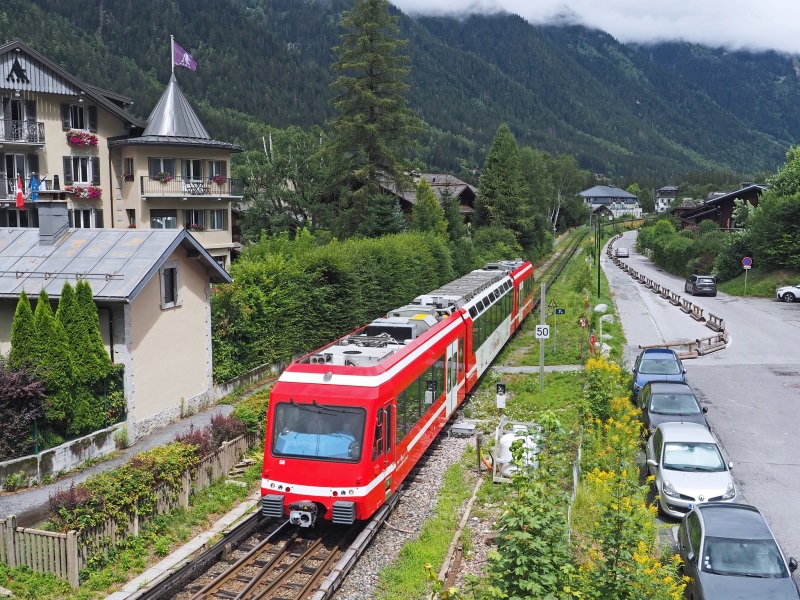
This mountain train connects the French Alps to Switzerland. It starts in Saint-Gervais-les-Bains, a small resort town near Chamonix, and ends in Martigny across the border.
The line cuts through pine forest, steep ravines, and glacier-fed valleys. You can see the Mont Blanc from parts of the route.
The train switches from French to Swiss rail at Vallorcine, but you can buy one ticket for the whole trip.
TER trains connect Saint-Gervais to Annecy and Geneva, which makes it an easy add-on for Alpine travelers.
6. Little Yellow Train (Villefranche-de-Conflent to Latour-de-Carol – 3h)
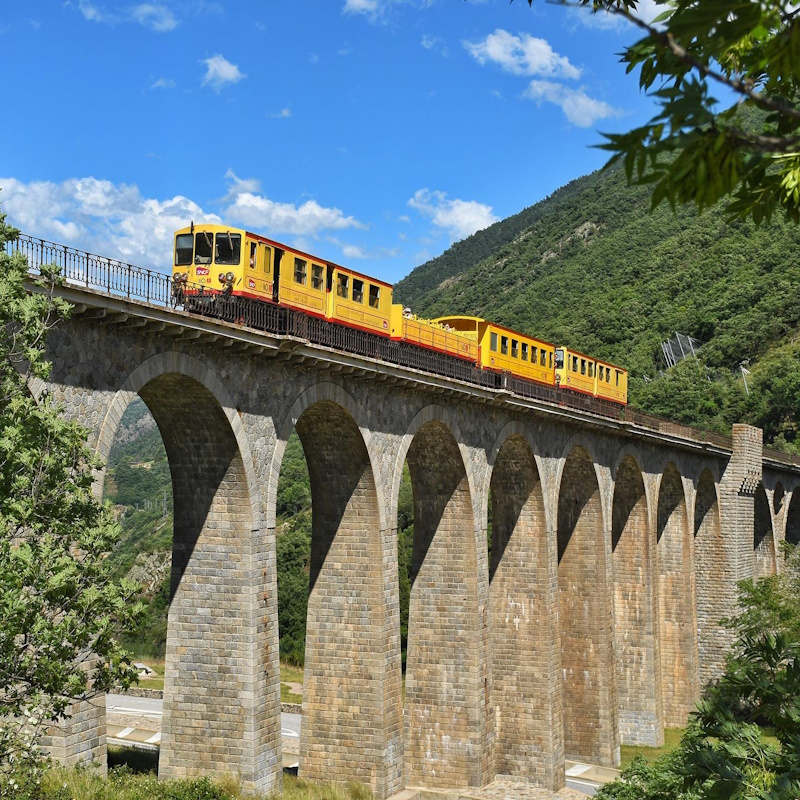
Up in the eastern Pyrenees, this narrow-gauge line climbs over 1,000 meters from a medieval walled town to a lonely mountain station near the Spanish border.
The train is painted bright yellow and runs slowly through switchbacks, suspension bridges, and high plateaus. In the summer, you can sit in open-air carriages.
The ride starts in Villefranche-de-Conflent, reachable by TER from Perpignan. Expect around three hours if you go end to end, though many riders get off midway to explore.
You can connect to Spanish or French trains at the top. Snow sometimes affects winter service.
7. Train des Pignes (Nice CP to Digne-les-Bains – 3h20)
Not an SNCF train, it leaves from a small station called Nice CP, a short walk from Nice’s main terminal.
The line heads northwest into the foothills of Provence, far from the coast crowds. You pass olive trees, rocky gorges, and sleepy towns like Entrevaux, where you can hike up to a hilltop citadel. The ride ends in Digne-les-Bains, a spa town in the Alps.
Trains run twice daily in each direction. Some weekends feature a steam train on part of the route – the “Train à Vapeur.”
8. Toulouse to Latour-de-Carol (via Foix – 4h)
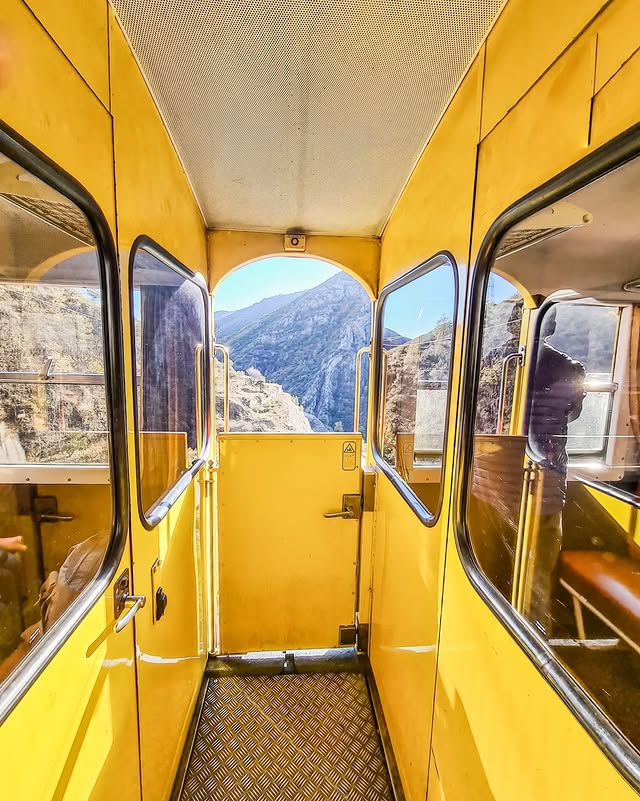
This mountain line heads south from Toulouse into the central Pyrenees. The train runs through the Ariège valley, stopping in spa towns like Ax-les-Thermes and mountain villages near the Spanish border.
The scenery shifts quickly with rolling hills, jagged peaks, then snowy plateaus near the end.
The full ride to Latour-de-Carol takes around four hours. From there, you can connect to the Little Yellow Train or hop the Spanish commuter train to Barcelona.
9. Grenoble to Gap – 2h20
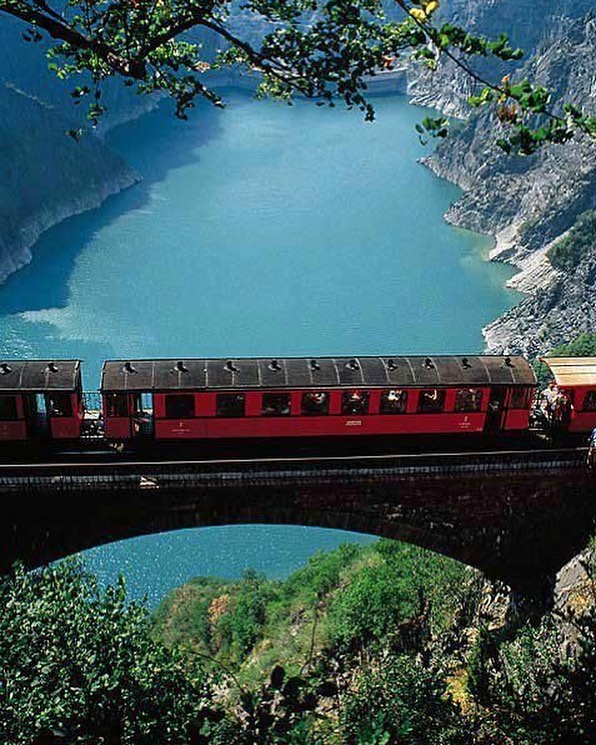
This quiet regional line crosses part of the Écrins massif, with thick forests and open ridgelines on both sides. It’s one of the least-used intercity routes in the Alps, mostly serving local towns.
Trains leave Grenoble a few times daily and reach Gap in just over two hours. Along the way, you pass rivers, dams, and alpine farmland.
It’s not a high-speed ride but the views are constant. Gap is a good base for hikes in the Parc des Écrins.
10. Lyon to Clermont-Ferrand (via Roanne and Vichy – 3h30)
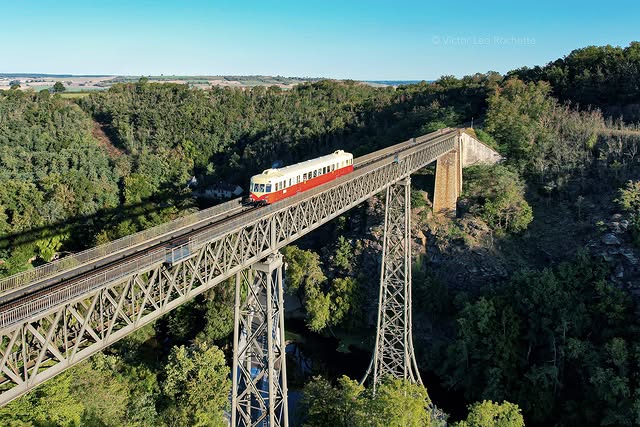
The train from Lyon to Clermont-Ferrand makes a wide inland arc through central France. It passes the spa town of Vichy and cuts through farmland and low mountain ranges.
You’ll see parts of the Bourbonnais and early edges of the Massif Central. Trains run a few times daily and are rarely full.
It’s a relaxed way to reach central France without backtracking through Paris, especially if you’re connecting from the Rhône or the Loire Valley.
11. Le Cévenol (Clermont-Ferrand to Nîmes – 5h30)
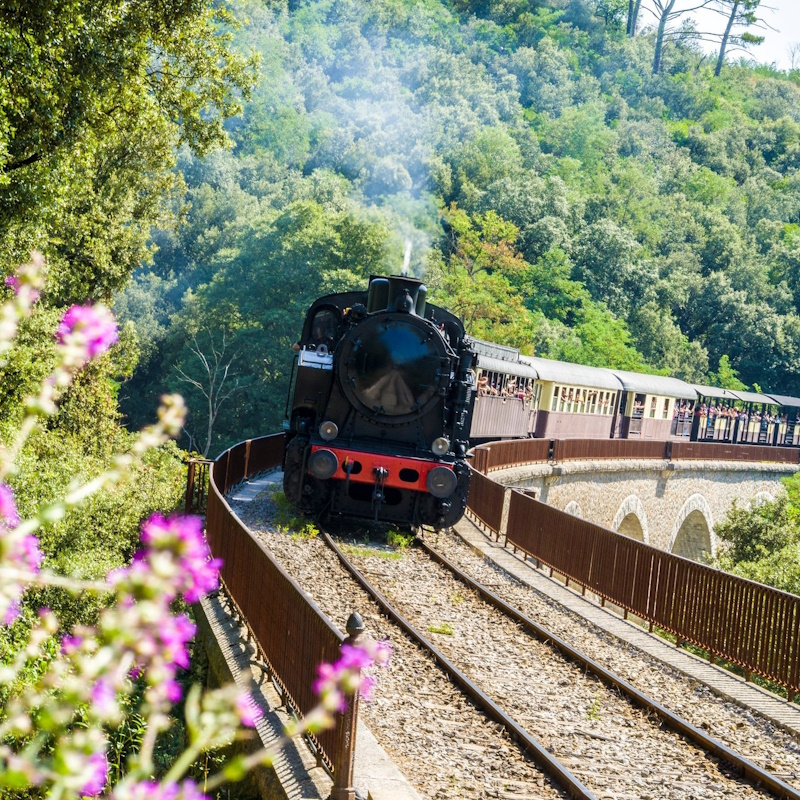
This route cuts straight across the Massif Central, one of France’s wildest and most underrated regions.
You board in Clermont-Ferrand, a city built on lava domes, and ride south past stone villages, forests, and the deep Allier gorges. The train crawls along high viaducts and winds through tunnels with no roads in sight.
It’s a direct TER service, with a few trains daily. The best part of the ride is between Langeac and Génolhac.
Most travelers miss it because they fly or take the TGV down the Rhône. But if you have time, this is the way to see inland France.
12. Paris to Briançon (Intercités de Nuit – 10h30 overnight)
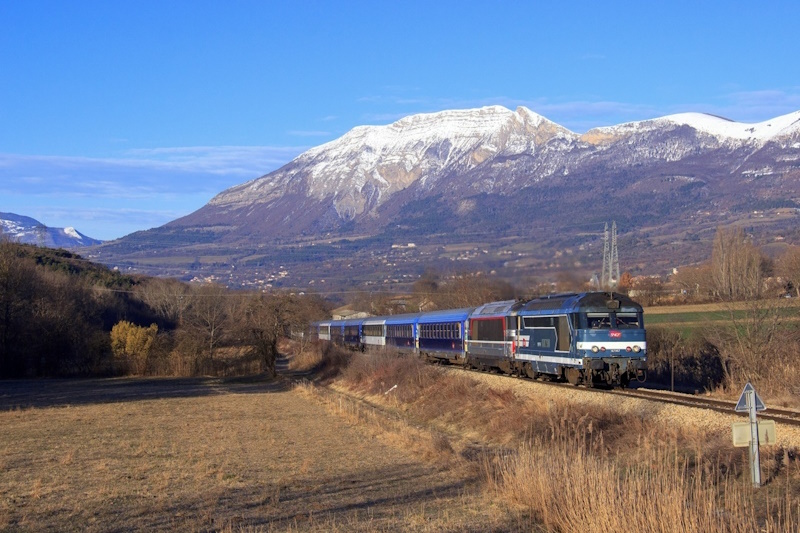
There aren’t many overnight trains left in France, but this one still runs. You leave Paris Austerlitz in the evening and wake up in Briançon, a fortress town high in the Alps.
The route takes you through the Rhône valley, past Veynes and mountain plateaus. Briançon is at 1,300 meters, one of the highest towns in Europe with regular rail service.
Book a couchette for comfort. It’s the easiest way to get deep into the Alps without driving.
***
Cover photo: ©Benjamin Becker/Jura Tourism
